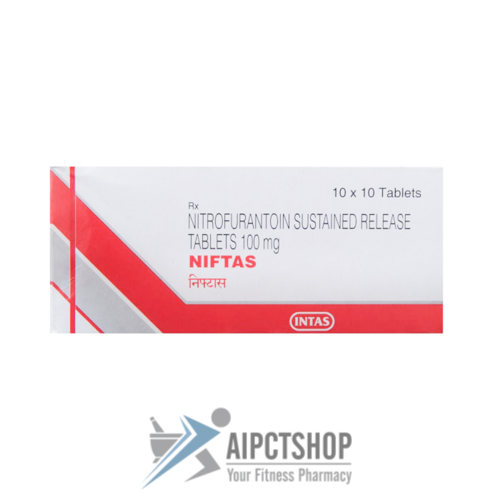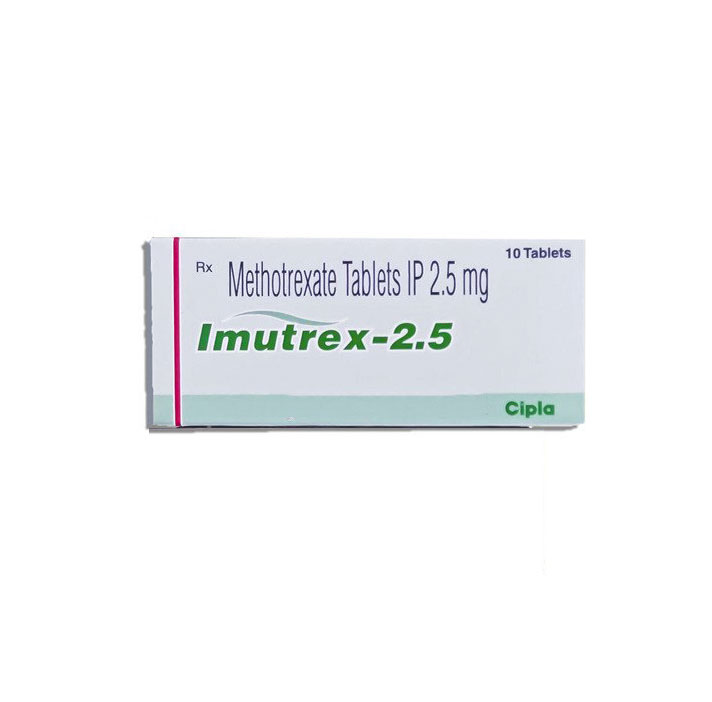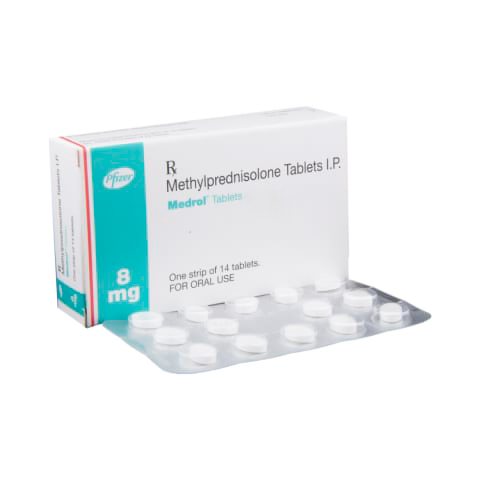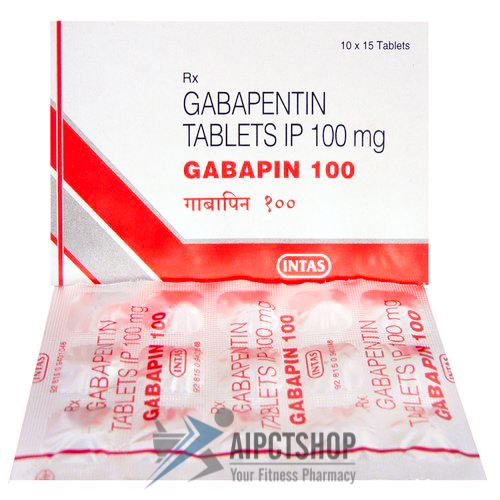Hydroxyurea Information
Pronunciation
hye droks ee yoor EE a
What is this drug used for?
• It is used to treat a type of leukemia.
• It is used to treat cancer of the head and neck.
• It is used to treat sickle cell anemia.
• It may be given to you for other reasons. Talk with the doctor.
Frequently reported side effects of this drug
• Hair loss
• Nausea
• Lack of appetite
• Constipation
• Diarrhea
• Weight gain
• Headache
• Mouth sores
Other side effects of this drug: Talk with your doctor right away if you have any of these signs of:
• Infection
• Mole changes
• Skin growths
• Severe pulmonary disorder like lung or breathing problems like difficulty breathing, shortness of breath, or a cough that is new or worse
• Bruising
• Bleeding
• Severe loss of strength and energy
• Skin ulcers
• Skin changes
• Nail changes
• Signs of a significant reaction like wheezing; chest tightness; fever; itching; bad cough; blue skin color; seizures; or swelling of face, lips, tongue, or throat.
Medication Safety Issues
Sound-alike/look-alike issues:
Hydrea may be confused with Lyrica
Hydroxyurea may be confused with hydroxychloroquine, hydrOXYzine
High alert medication:
This medication is in a class the Institute for Safe Medication Practices (ISMP) includes among its list of drug classes which have a heightened risk of causing significant patient harm when used in error.
International issues:
Hydrea [US, Canada, and multiple international markets] may be confused with Hydra brand name for isoniazid [Japan]
Product Availability
Siklos 100 mg functionally scored tablets: FDA approved May 2019; anticipated availability is currently unknown. Consult the prescribing information for additional information.
Storage and Stability
Droxia, Hydrea: Store at 20°C to 25°C (68°F to 77°F); excursions permitted between 15°C and 30°C (59°F and 86°F). Keep bottle tightly closed.
Siklos: Store at 20°C to 25°C (68°F to 77°F); excursions permitted between 15°C and 30°C (59°F and 86°F). Keep bottle tightly closed; use split tablets within 3 months.
Adverse Reactions
Central nervous system: Headache, severe nervous system disease
Dermatologic: Dermal ulcer (Antonioli 2012), dermatological reaction, eczema (infants and children [Thornburg 2012]), leg ulcer (Hernández-Boluda 2011), skin depigmentation
Endocrine & metabolic: Vitamin D deficiency, weight gain
Gastrointestinal: Acute mucocutaneous toxicity (Hernández-Boluda 2011), constipation, gastric distress (infrequent [Antonioli 2012]), gastritis, nausea, oral mucosa ulcer (infrequent [Hernández-Boluda 2011])
Genitourinary: Urinary tract abnormality
Hematologic & oncologic: Anemia, bone marrow depression (recovery: within 2 weeks), hemorrhage, leukemia, leukopenia, macrocytosis (MCV >97 [Randi 2005]), neutropenia, thrombocytopenia
Infection: Bacterial infection, infection, parvovirus B19 seroconversion, viral infection
Neuromuscular & skeletal: Panniculitis (Antonioli 2012)
Renal: Renal disease
Respiratory: Asthma (infants and children [Thornburg 2012])
Miscellaneous: Fever –








Reviews
There are no reviews yet.